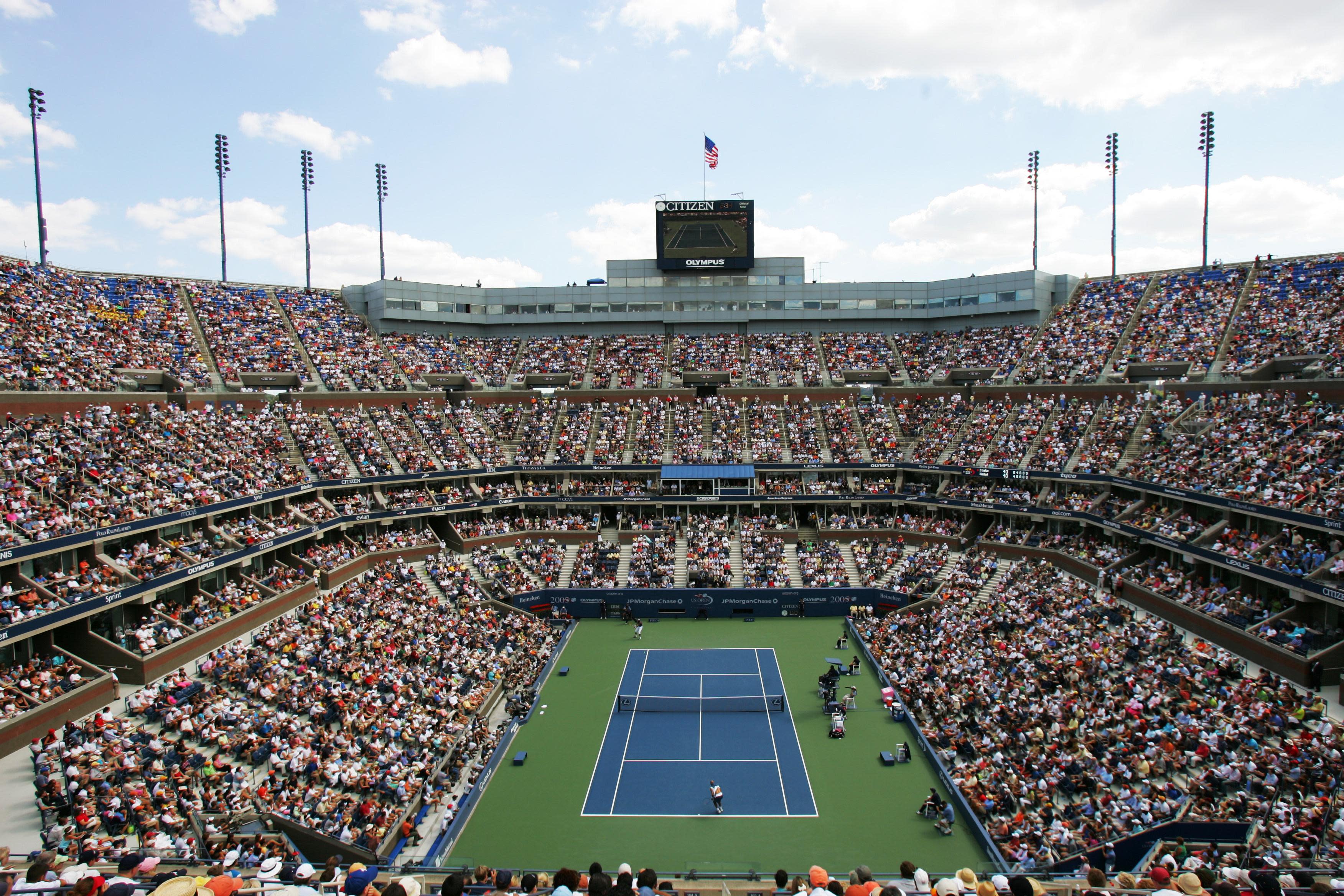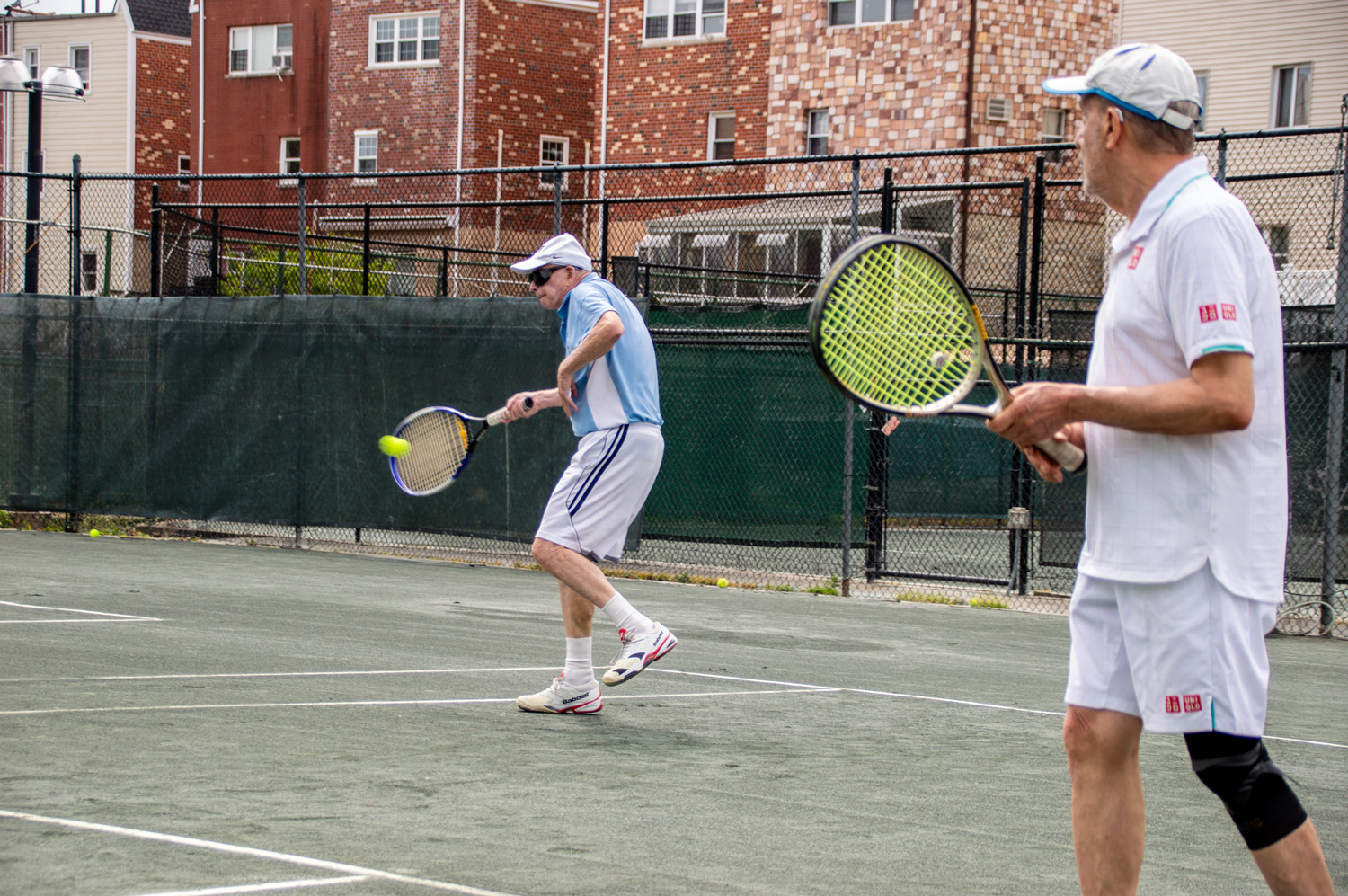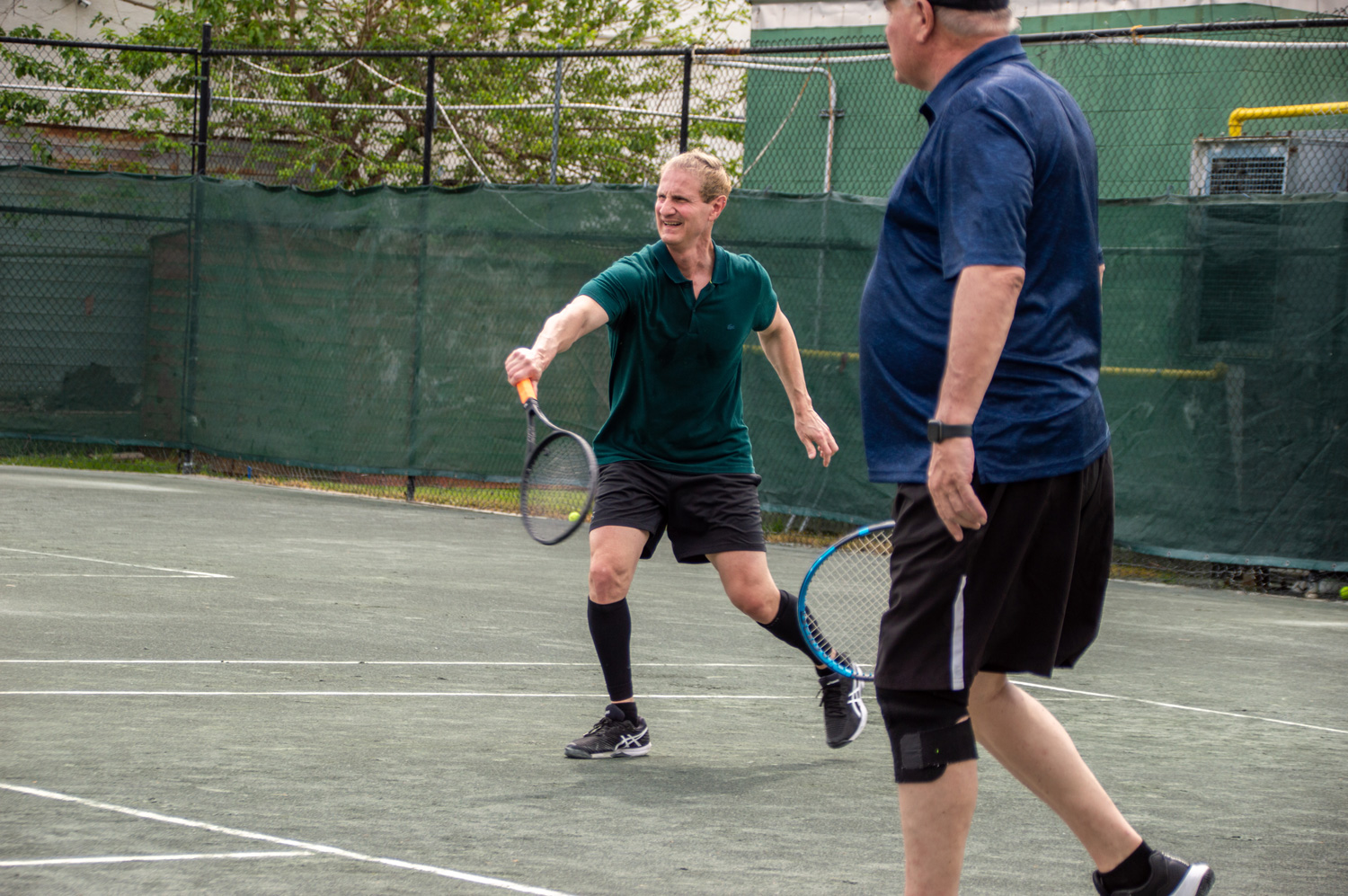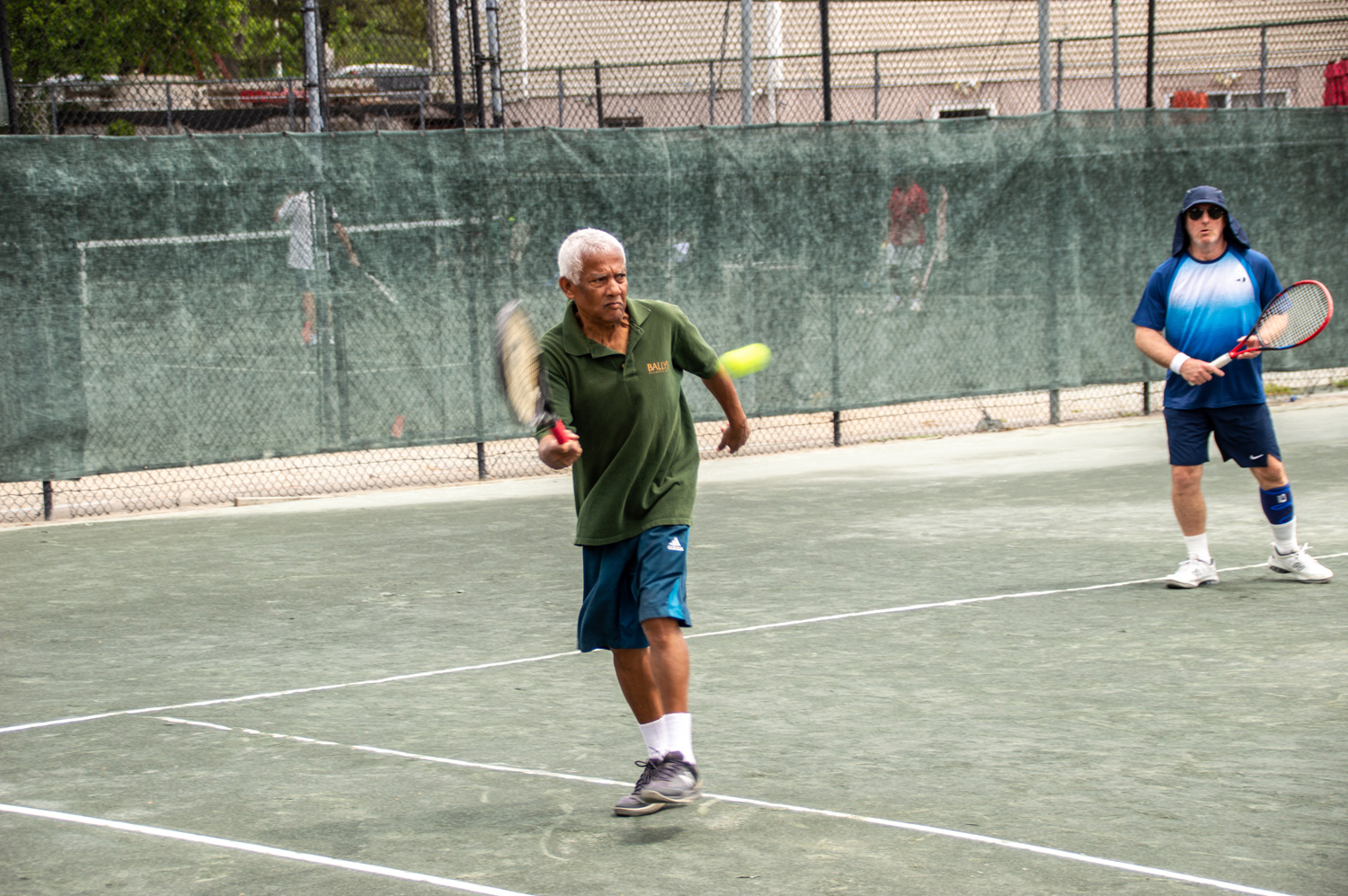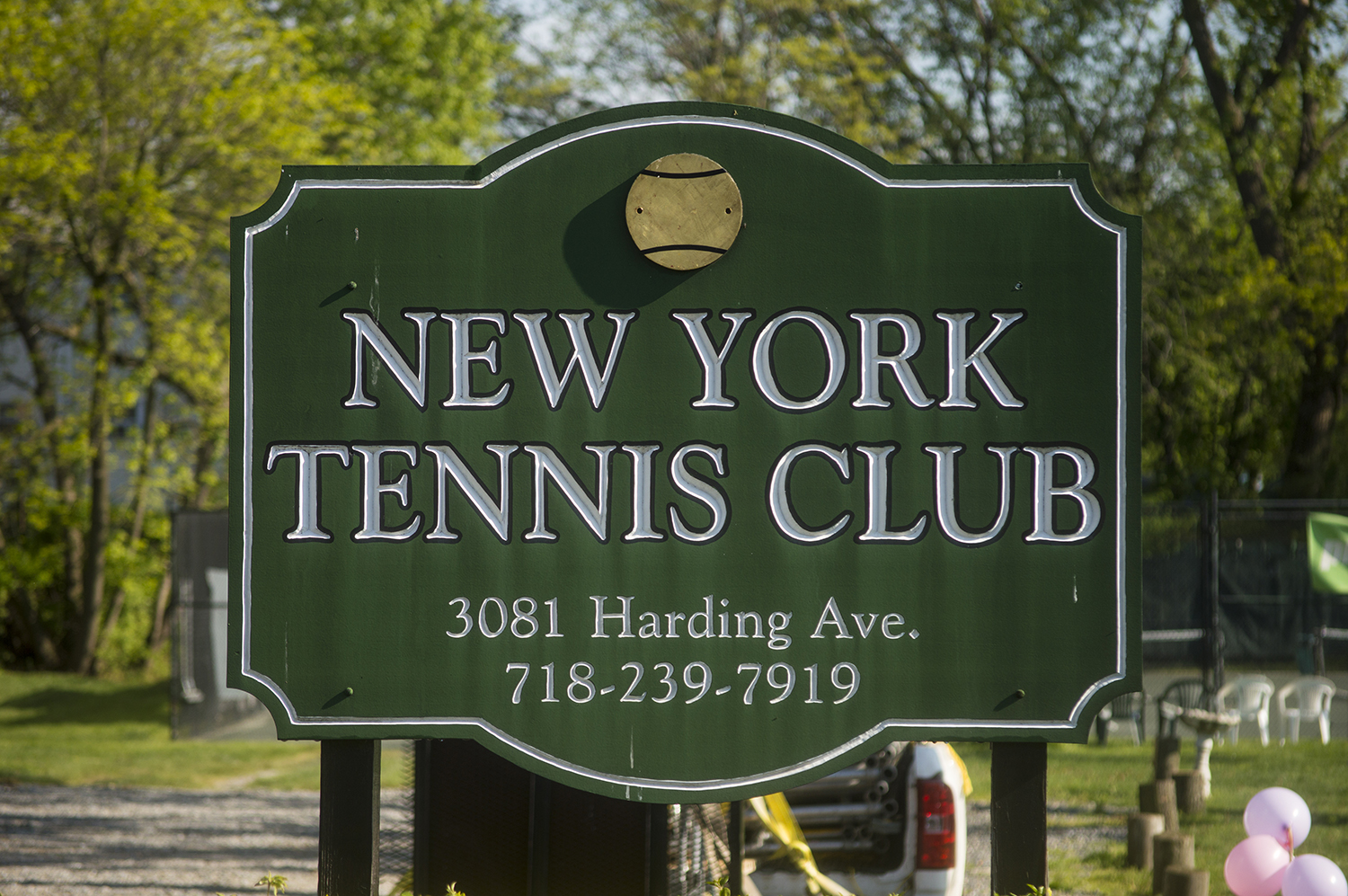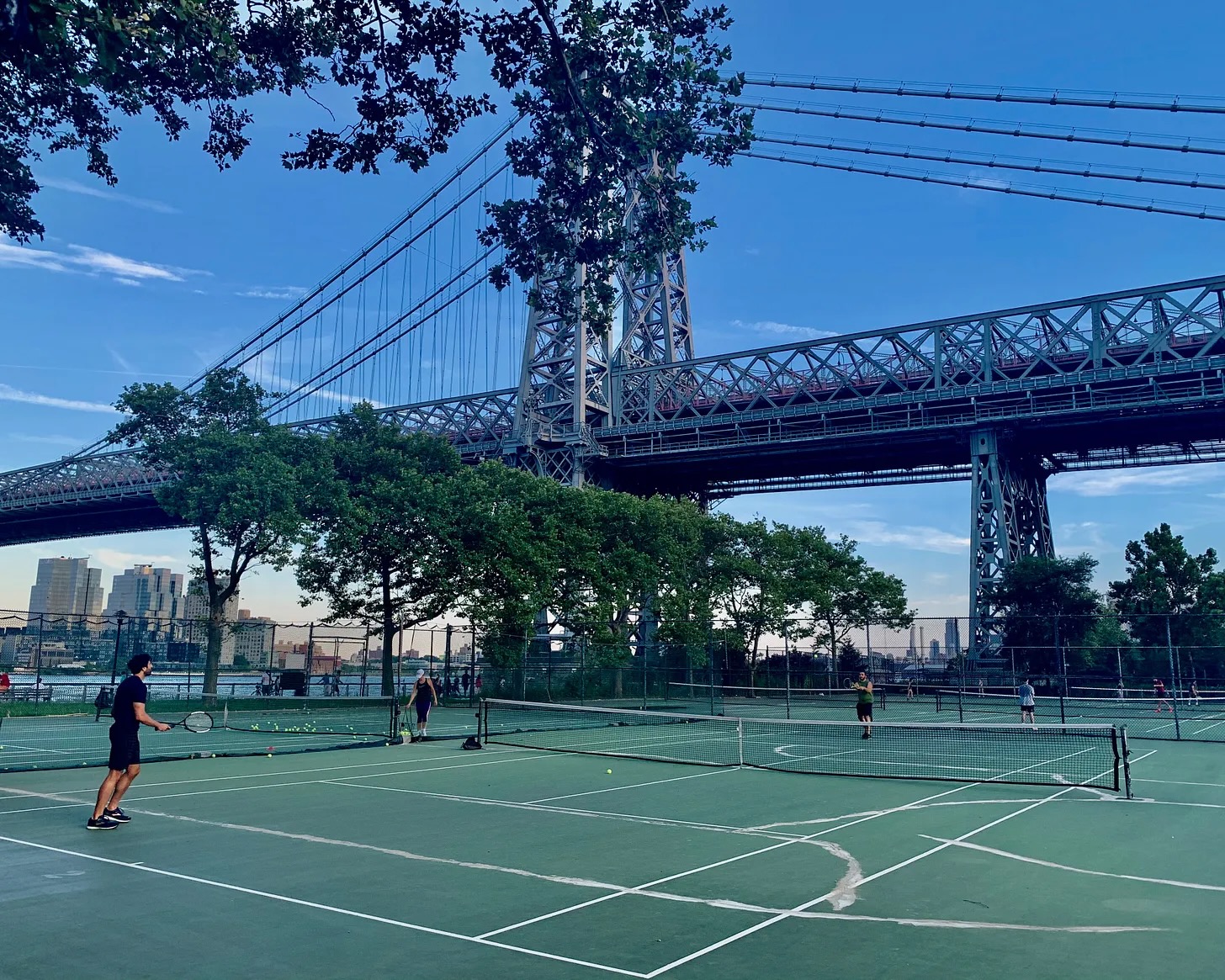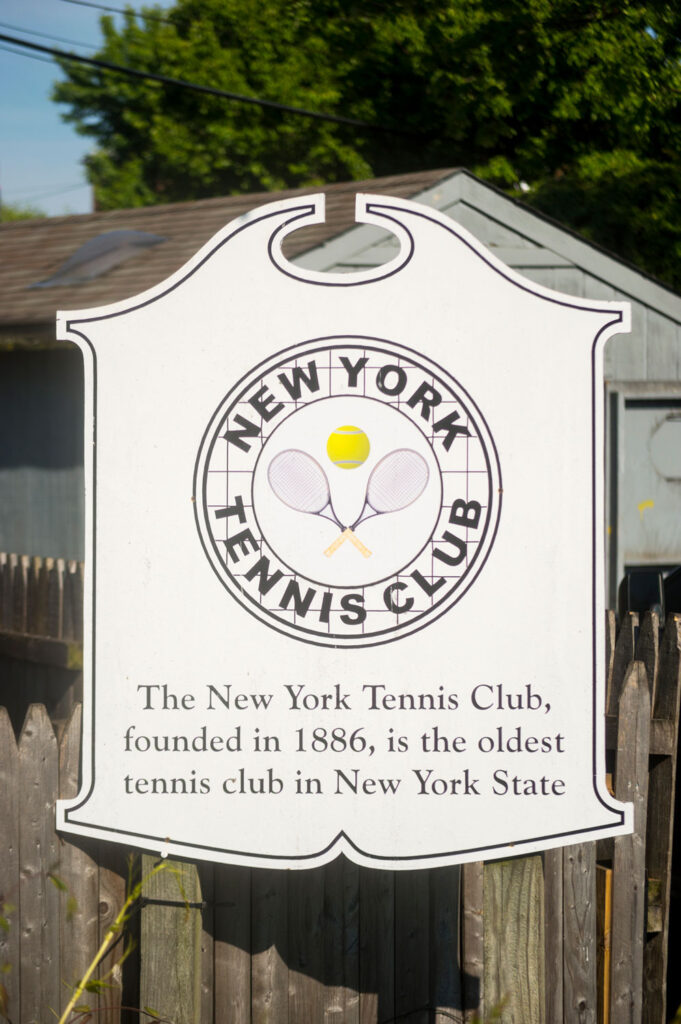New York Tennis At Great Neck

The air crackled with anticipation as the Great Neck Park District Board meeting drew to a close. A contentious proposal, years in the making, hung in the balance: the future of tennis in the community. Residents, players, and officials alike braced themselves for a decision that promised to reshape the landscape of racquet sports in this affluent Long Island enclave.
At the heart of the debate lies a multifaceted plan to modernize the existing tennis facilities and expand access to the sport for a growing population. This plan, however, has ignited a firestorm of passionate opinions, pitting neighbor against neighbor and sparking intense discussions about funding, usage, and the very definition of community priorities. Understanding the intricacies of this situation requires delving into the historical context, the proposed changes, and the voices shaping the future of Great Neck tennis.
The Genesis of the Great Neck Tennis Debate
Great Neck’s love affair with tennis dates back decades, with the park district’s courts serving as a hub for recreational players and aspiring athletes alike. Over time, however, the facilities have aged, leading to concerns about safety and usability. Furthermore, the increased demand for court time has created bottlenecks, frustrating players and limiting opportunities for new participants.
These issues prompted the Park District to commission a comprehensive study in 2021 to assess the current state of the tennis program and identify potential avenues for improvement. The study, conducted by Sports Facility Group, highlighted the urgent need for upgrades and expansions to meet the community's growing tennis needs. The group’s finding was crucial for the proposal.
The Proposed Modernization Plan
The resulting modernization plan, unveiled in early 2023, outlines a series of ambitious goals, including the resurfacing of existing courts, the addition of new courts, and the construction of a dedicated tennis center with indoor playing surfaces. The plan also calls for improved lighting, restroom facilities, and spectator seating. The proposal was quite elaborate.
A key component of the plan is the introduction of a tiered membership system designed to ensure equitable access to the facilities. This system would offer different levels of membership, each with its own set of privileges and associated fees. This approach aimed to address concerns about overcrowding and provide a more structured framework for court reservations.
Community Reactions: A Divided Court
The modernization plan was met with a mixed reception from the Great Neck community. While many residents lauded the initiative as a necessary step to revitalize the tennis program, others voiced concerns about the cost, the potential impact on parkland, and the perceived exclusivity of the proposed membership system. The reaction varied widely.
Supporters of the plan argued that the upgrades were essential to maintaining Great Neck’s reputation as a vibrant and desirable place to live. "These improvements will not only benefit tennis players but also enhance the overall quality of life for all residents," stated Sarah Miller, a local tennis enthusiast and advocate for the plan.
Critics, on the other hand, expressed fears that the plan would lead to increased taxes and reduced access to parkland for non-tennis players. "We are concerned that this project will disproportionately benefit a small segment of the population at the expense of the entire community," said David Chen, a vocal opponent of the plan. The opposition was quite persistent.
Financial Implications and Environmental Concerns
The financial implications of the modernization plan have been a major point of contention. The estimated cost of the project is $5.5 million, which would be funded through a combination of park district funds, grants, and private donations. The financial aspect was a crucial point.
Opponents have questioned the long-term financial sustainability of the plan and raised concerns about the potential for cost overruns. Environmental concerns have also been raised, with some residents arguing that the construction of new courts would encroach on valuable green space.
The Park District's Stance: Balancing Needs
The Great Neck Park District Board has maintained that the modernization plan is a necessary investment in the community’s future. They emphasized the importance of providing high-quality recreational facilities for residents of all ages and abilities. They stood behind their decision.
"We have carefully considered all perspectives and have worked diligently to develop a plan that is both fiscally responsible and environmentally sensitive," said John Smith, the chairman of the Park District Board, in a public statement. Smith and the board stood by the proposal.
The Board has also emphasized its commitment to transparency and community engagement, holding multiple public forums to solicit feedback on the plan. This commitment included modifying certain aspects of the plan based on community input.
Looking Ahead: A Future for Great Neck Tennis
The future of tennis in Great Neck remains uncertain. While the Park District Board approved the modernization plan in a split vote, legal challenges and ongoing community debate could still alter the course of events. There is still more to the story.
Regardless of the outcome, the Great Neck tennis debate highlights the complex challenges faced by communities seeking to balance the needs of diverse stakeholders. It underscores the importance of thoughtful planning, open communication, and a willingness to compromise in order to create a vibrant and inclusive community for all. The lesson is valuable.
The coming months will be critical in determining whether Great Neck can successfully navigate this challenge and forge a path towards a thriving future for its tennis program. The community watches with bated breath, awaiting the next serve in this high-stakes match.
